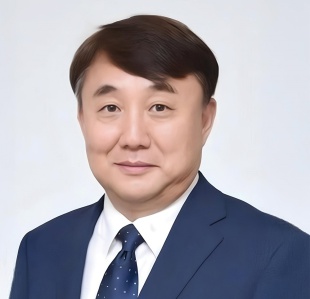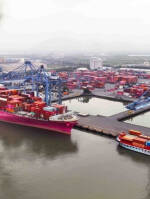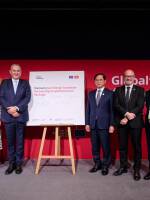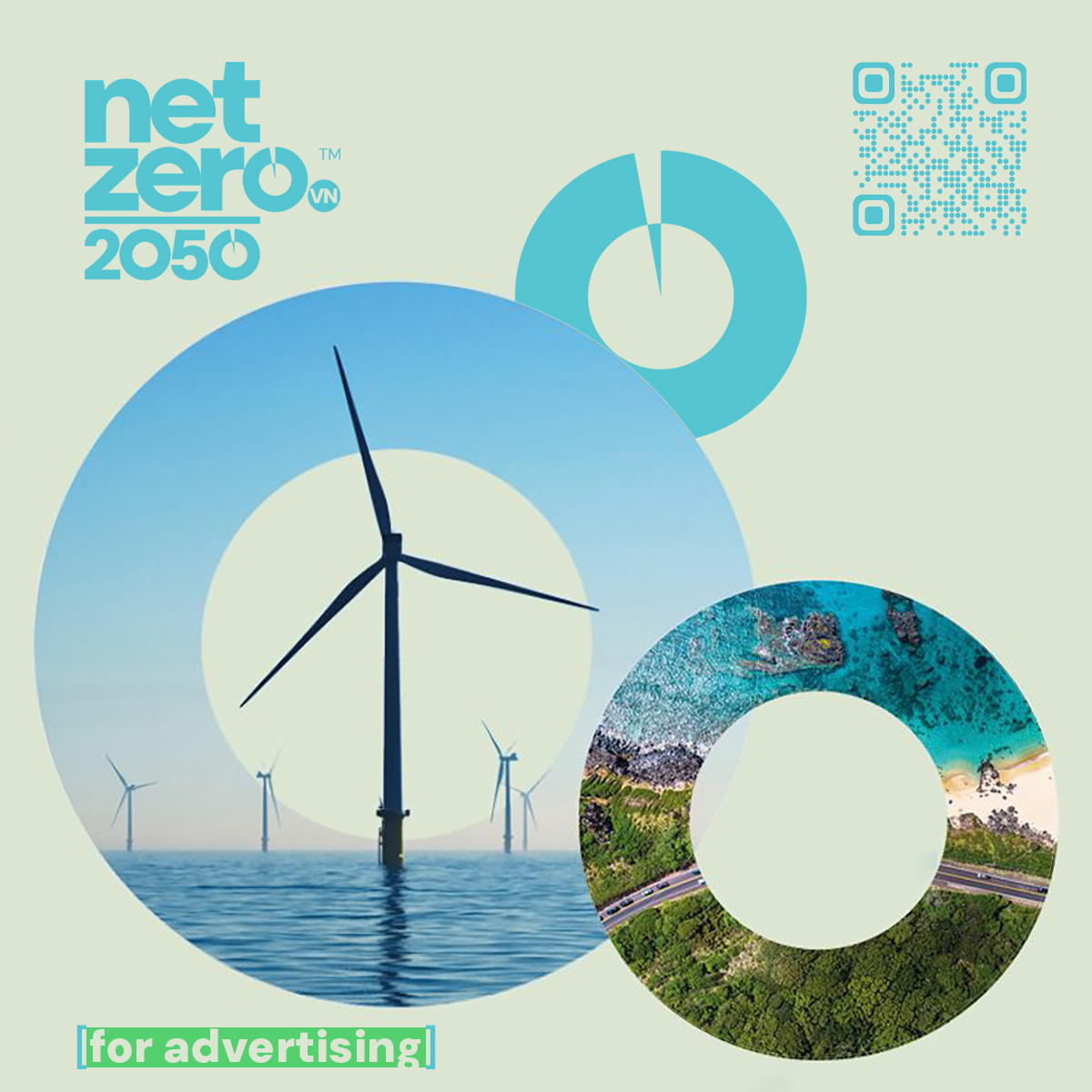
Many landfills have been operating beyond their design capacity, creating social conflicts between the community and local authorities, posing an urgent need to transform the waste management model towards a modern, sustainable direction, in line with the circular economy orientation that the government has identified in important legal documents.
A circular economy in waste management aims to turn waste into resources, close the product life cycle, and create added value for the economy. When implemented effectively, the model helps reduce treatment costs and the budget burden, and create a new environmental industry, attracting domestic and foreign investment.
South Korea has undergone a dramatic transformation from a country heavily reliant on landfills to an efficient circular economy. The biggest lesson lies in designing economic tools to change people’s behaviour. The paid rubbish bag system creates a direct link between waste disposal behaviour and costs.
People are forced to sort waste at source to reduce costs, thereby increasing recycling rates. Revenue from the system is reinvested back into the industry and treatment tech, forming a closed financial cycle.
From the experience of South Korea, Vietnam can build a comprehensive criteria framework consisting of five main groups. The first group is policy and law, focusing on specifying current regulations, ensuring feasibility in implementation, and supplementing direct economic instruments. The second group is engineering and technology, focusing on source sorting, modernising recycling infrastructure, and applying digital technology in management.
The third group is finance and investment, including establishing a mechanism to reinvest revenue from waste fees, mobilising social capital, and creating green credit incentives. The fourth group is education and behaviour change, through communication campaigns, integrating environmental education in schools, and encouraging community participation.
The fifth group is monitoring and evaluation, based on a transparent index system that can be measured and compared over each period.
Based on current legal regulations and learning from the experience of South Korea, a criteria framework has been proposed for Vietnam, consisting of five main groups.
Firstly, the economic and policy framework focuses on establishing new rules for the entire system, creating direct economic incentives and transparent financial mechanisms. The basic principle is that the polluter pays, ensuring fairness and encouraging behavioural change. Applying waste treatment fees based on weight or volume is an effective tool. Experience from South Korea shows that a ‘paid rubbish bag’ system has fundamentally changed the way people sort and reduce waste.
In Vietnam, households and organisations will have to buy certified rubbish bags or pay fees based on the weight of waste. The effective operation of the Environmental Protection Fund will help all revenues from waste treatment fees and fines for violations to be managed transparently, reinvest directly in the recycling industry, develop collection infrastructure, and support recycled products.
Secondly, the source reduction and circular design framework focuses on the upstream stage, that is, the design and production stage. When waste is reduced at the beginning, the cost of collection and downstream treatment will be much lower. Eco-design is a prerequisite. The state needs to issue a clear set of standards for packaging and product design.
Thirdly, the framework of criteria for source classification and collection encourages the application of circular economy in source classification of waste. When people classify right in their households, organic waste, recyclable waste and remaining waste are separated, the efficiency of treatment and recycling is optimised.
Fourthly, the circular economic framework for recycling, recovery and treatment helps waste after being sorted into appropriate recycling or treatment channels to create the highest value. The recycling industry needs to be developed with strong support from the state. Green credit packages, tax and land incentives for high-tech recycling projects will draw in business investment.
The secondary raw material market has to be expanded, with policies to promote its use in industrial production, reducing dependence on primary raw materials. Organic waste, which accounts for a large proportion of solid waste, must be treated with value-creating technology.
Fifthly, the circular economy criteria framework on technology, data and awareness raising plays a supporting role, creating a favourable environment for the entire system to operate transparently and effectively. An online platform will connect households, collection units, transfer stations to treatment plants.
All data on waste volume, type, and transportation routes must be updated in real time. When waste flows are transparent and fraud is limited, the state has a reliable database for policymaking.
Education and communication play a role in changing social behaviour. National communication campaigns must be designed to be long-term, creative, and relevant. Schools need to incorporate environmental education and waste classification into the main curriculum. When government agencies prioritise the use of recycled and environmentally friendly products, the consumer market for circular products will expand.
When the circular economy criteria framework for solid waste management is applied synchronously, Vietnam will gradually reduce landfill rates, increase recycling, develop its environmental industry, and move closer to the goal of net-zero emissions, thereby addressing the challenge of urban waste.
Prof.Dr. Byung Min Lee




